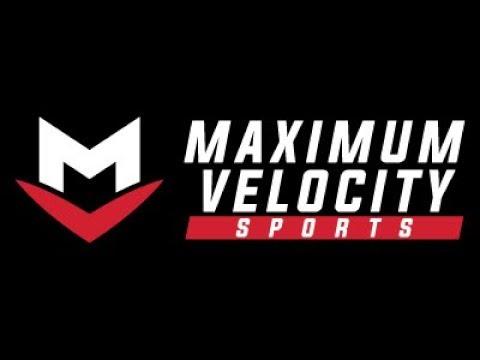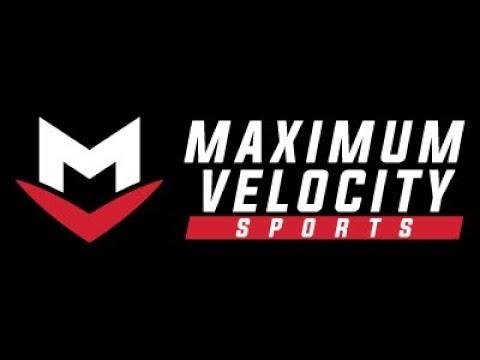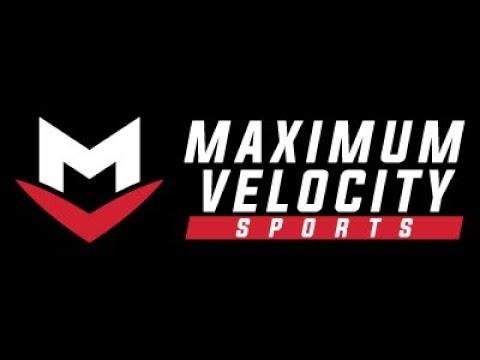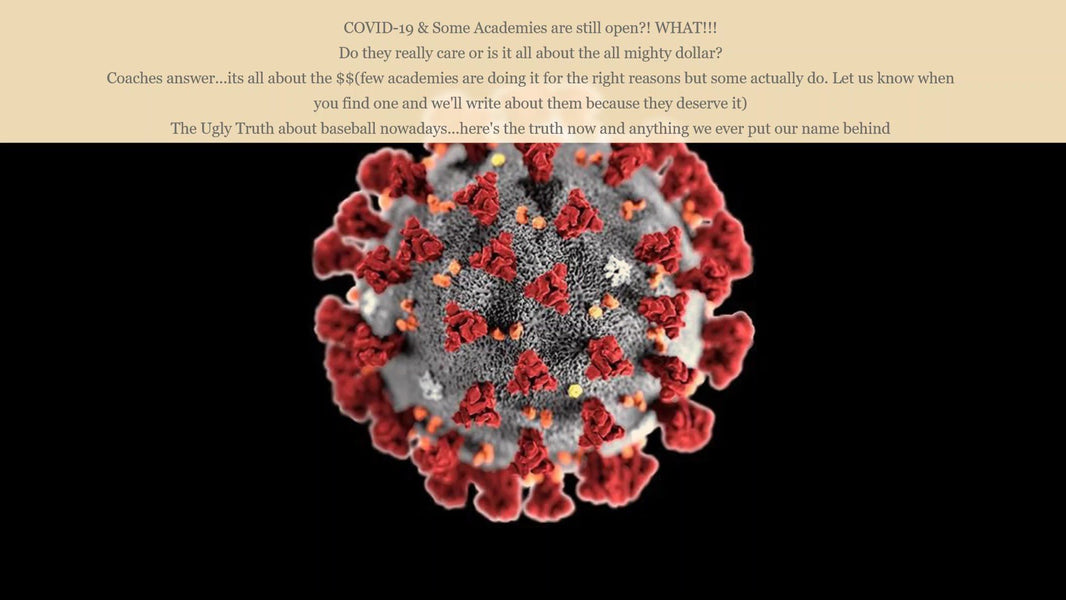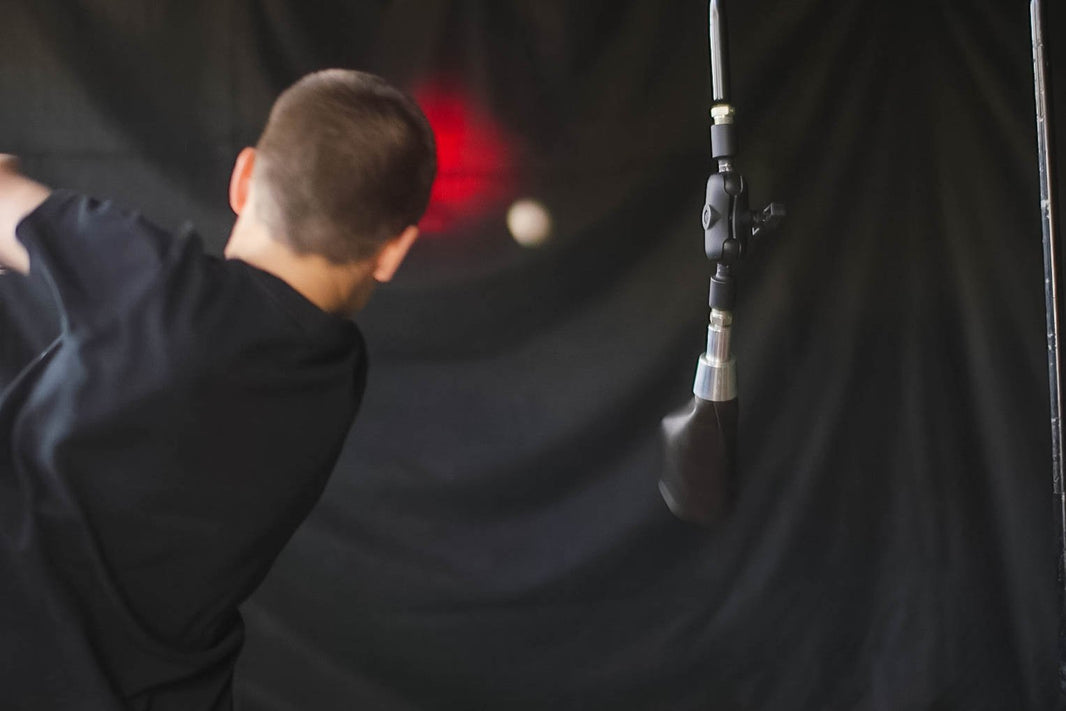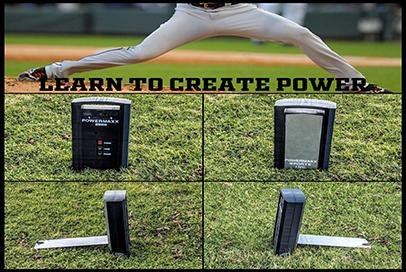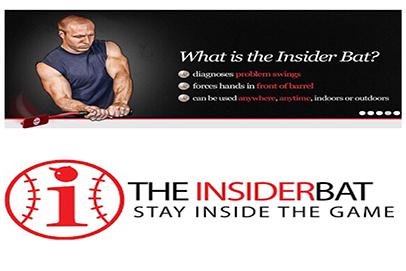Comparing Smushballs to other popular training balls
COST…COST… COST is a major factor coaches first think of using Smushballs until they start to use them and find out how many drills and uses there are.
So what are the benefits of Smushballs, the original polyurethane practice ball?
Pros –
- Some clinics from MLB and Minor league baseball and coaches from colleges to little league in both baseball and softball are switching to these balls. Less expensive option and they are durable for multiple years as they do not crack or break.
- Can be used outside in rain, snow etc. No nets are required. Can be hit against fences with no damage to the fence. Can be used indoors with not nets or cages.
- Can hit against the wall with no damage to wall or ball or floor. If the ball hits a pitcher, it bounces off. For the batter, if they do not hit it square with a good swing, the ball will squib.
- Can be used on tees and other exercises.
- Can be used before a game and groups of players can quickly warm up with batting on opposing fields.
- Can be used to help catchers with blocking drills.
- A person can throw these balls without hurting their shoulders or arms.
- Plus much more!
In fairness, how do Smushballs compare, besides in price, with other popular training balls such as dimple balls, tcb balls, rag balls, Jugs balls and even whiffle balls?
Check Out Smushballs In Action
WHAT IS A DIMPLE BALL?
The manufacturer's warning labels generally urge the use of machine pitch dimple balls with most machines. These are the seamless yellow balls you see being used at batting cages. They are the same size and weight as leather baseballs. They claim to fly straighter and last longer than leather baseballs, plus they are easier on player's hands and bats.
Cheaper dimple balls are 100% hard and can dent your bat.
As the Dimple Ball is widely used in many "pitching machines", you may find this bit of history related to "pitching machines" interesting: Source: Wikipedia
In 1897, mathematics instructor Charles Hinton designed a gunpowder-powered baseball pitching machine for the Princeton University baseball team's batting practice. According to one source it caused several injuries, and may have been in part responsible for the death of 7 baseball players that year. However, the machine was versatile: it was capable of throwing variable speeds with an adjustable breech size and firing curve balls by the use of two rubber coated steel fingers at the muzzle of the pitcher. Hinton successfully introduced the machine to the University of Minnesota where he worked as an assistant professor until 1900.
Pros -
- Easier on bats and hands
- Multiple uses...fly balls, grounders, batting practice
- Increase accuracy in pitching machines over real balls
- weather proof
Cons –
- Hard Ball not good for indoor use
- Balls can hurt the thrower if it hits them square.
- When swinging, you do not get a real feel for hitting a ball as it is light and the ball just jumps off the bat whether it is a good swing or bad.
WHAT IS THE TOTAL CONTROL BATTING BALL (TCB BALL)?
The Original Total Control Batting Ball (TCB Ball) was developed for the Fastpitch Softball and Baseball hitters to develop strength and extension through the hitting zone and provide instant feedback to the hitter.
- Develop Strength and Drive thru the Hitting Zone with this ultimate hitting aid. Designed to develop maximum strength and drive through the hitting zone.
- A PURE strength development hitting aid For the Core and Upper Body. The TCB Atomic Ball is a 4.70 inches in diameter and weighs 900 grams. The TCB ball can be used for both Fastpitch Softball or Baseball. The TCB ATOMIC Ball is used for Side Toss or Tee Work Only. The TCB Website states that due to the heavy weighted design, start out slowly with 3 to 6 hits and increase to maximum of 12 in one hitting session. TCB Balls are not recommended for indoor use!
Pros -
- You can use outdoors without a net.
- Weighted ball provides good strength training
Cons –
- Not a good alternative as it is more expensive than baseballs.
- Heavy Weight Not Good for Indoor Use.
- Balls are more expensive but break easy if used a lot.
- The finish on the ball provides for a slick and slippery surface.
WHAT IS A RAGBALL?
RagBall claim to deliver much of the action of real baseballs. However, while they may be safe thanks to their textile inner core and spun yarn winding, they certainly are much softer than a real baseball. Unfortunately they are too soft. Therefore it is not a viable option for baseball batting practice at competitive level.
They are soft and lightweight with polyester covers and are stuffed with textile fabrics. Great for all ages, especially children learning how to throw and catch.
The fabric-covered balls can even be washed and dried, often advertised as machine washable.
The official safety ball of the American Softball Assoc. (ASA). The “No sting- cloth covered balls” are widely distributed. They are produced in many sizes and colors. They have styles names specific to their purpose. Their product line includes Ragball Softball 12”, Ragball Softball 16”, Sporttime Ragball and Ragball No Sting Fluoresant.
Pros -
- Became a good alternative as cheaper than baseballs.
- You can use outdoors without a net.
- No protective screen needed for the thrower. Use indoors.
Cons –
- Does not work well in windy conditions.
- Balls are less expensive but break and tear easy if used a lot.
- No protective screen needed but the balls can hurt the thrower if it hits them square.
- When swinging, you do not get a real feel for hitting a ball as it is light and the ball just jumps off the bat whether it is a good swing or bad.
- The Ragball will become lop-sided and uneven after repeated use.
- The uneven sizing and light weight does not provide for accuracy when throwing pitches during batting practice.
WHAT are JUGS Balls?
JUGS Sports offers 8 different practice balls, from the most durable polyball made—JUGS Bulldog™, to the best pitching machine balls available—JUGS Sting-Free® baseballs and softballs. JUGS Lite-Flite® balls and JUGS Small-Ball® were designed specifically with the JUGS Lite-Flite® Machine and JUGS Small-Ball® Pitching Machines in mind. The JUGS Pearl®, the first leather baseball designed for pitching machines, has a unprecedented 1-year guarantee.
- Throws true, even at regulation pitching distances.
- Designed specifically to be used in the JUGS Lite-Flite Machine.
- Keep their original shape coming out of the pitching machine, regardless of speed.
- Players see a realistic throw or pitch but do not get stung by the ball if it bounces off their arms or body.
- Ideal for offensive and defensive drills.
- Safe for indoor hitting without a batting cage.
- Available in Optic Yellow (B5000).
TIRED OF EXPENSIVE JUGS BALLS ?
Similar to Smushball Only in Specifications, Not Cost!
Pros -
- Became a good alternative as cheaper than baseballs.
- You can use outdoors without a net.
- Real Baseball Stitching Mold.
Cons –
- Does not work well in windy conditions.
- Balls are more expensive but break and tear easy if used a lot.
- When swinging, you do not get a real feel for hitting a ball as it is light and the ball just jumps off the bat whether it is a good swing or bad.
- The uneven sizing and light weight does not provide for accuracy when throwing pitches during batting practice.
WHAT IS A WHIFFLE BALL?
Whiffle ball or Whiffleball is a variation of the sport of baseball designed for indoor or outdoor play in confined areas. The game is played using a perforated, light-weight, rubbery plastic ball and a long, plastic (typically yellow) bat.
History of the whiffle ball
This ball used as an alternative to a baseball was invented by a man in his home in Fairfield, Connecticut in 1955 when he designed a ball that curved easily for his 12-year-old son. It was named when his son and his friends would refer to a strikeout as a "whiff".
Whiffle Ball Safety controversy in spring 2011
In April 2011, the government of New York state proclaimed that Whiffle ball (as well as kickball, freeze tag, and dodgeball) was unsafe and a "significant risk of injury" for children and declared that any summer camp program that included two or more of such activities would be subject to government regulation. The story often became a source of ridicule and amusement, with Parenting.com sarcastically commented "According to new legislation introduced in New York State, to survive classic schoolyard games like Capture the Flag is to cheat death." Whiffle ball executives originally thought the order was a "joke". The company has never been sued over safety issues in its 50+ year history.[10] The disapproval of people from across the nation pressured the NY legislature to remove Whiffle ball and many other entries from the list of high risk activities, such as archery and SCUBA diving, that require state government oversight.
Pros -
Became a good alternative as cheaper than baseballs.
You can use outdoors without a net.
No protective screen needed for the thrower.
Use indoors.
Cons –
Does not work well in windy conditions.
Balls are less expensive but break easy if used a lot.
o protective screen needed but the balls can hurt the thrower if it hits them square.
When swinging, you do not get a real feel for hitting a ball as it is light and the ball just jumps off the bat whether it is a good swing or bad.




